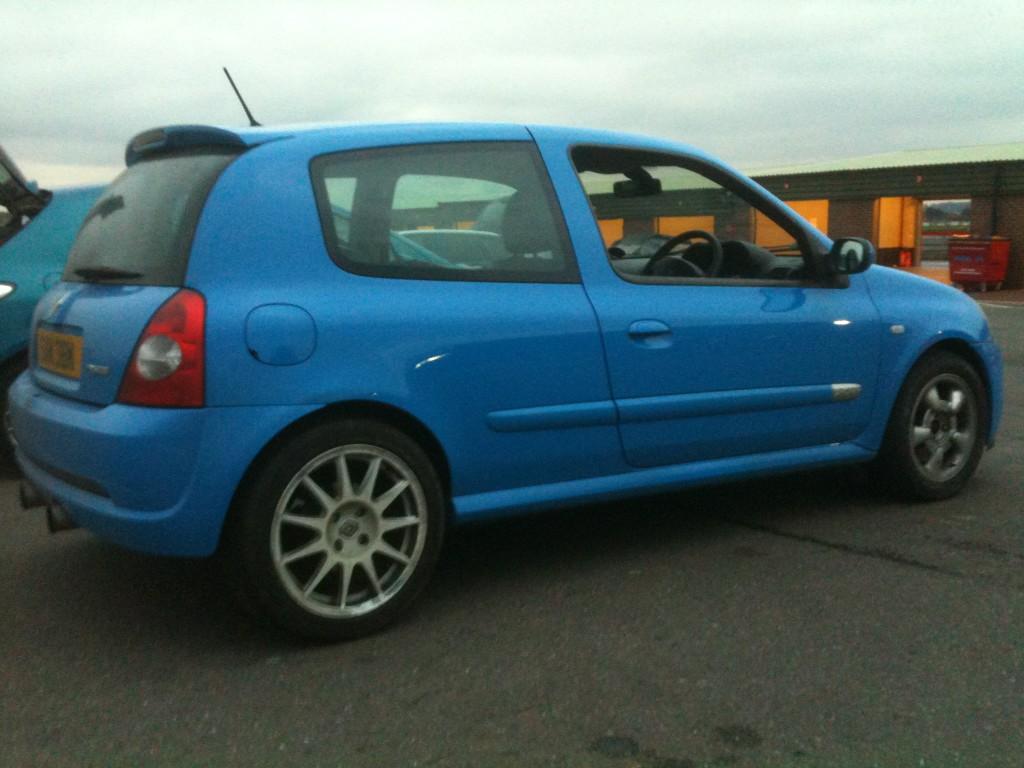Hybrid electric vehicles are beginning to flex their green muscle in the face of conventional pure combustion engines. But are these popular hybrid muscles tarnished with a lesser known, unsustainable truth?
You don't have to be an motoring expert to acknowledge that sales of hybrid vehicles have increased significantly in recent years. Not only are there noticeably more manufacturers bragging about efficiency and reducing CO2 numbers, but there is also a substantial increase of vehicles circulating on our roads with electronic assistance. This increase is no more clear than in the US, the world's biggest consumer of hybrid electric vehicles, where sales of hybrids now contribute to almost 3% of all new car sales. This figure may seem insignificant, but in reality this represents over 322,000 sales in 2012 to date, an increase of over a quarter of a million annual car sales when compared to a decade ago.
One reason for this increase can be attributed to the obvious expansion of hybrid vehicles available to buy. UK buyers are now faced with a large range of hybrid offerings, ranging from small hatchbacks, to 4x4s and now even supercars (Ferrari's F150 is the latest example of this). Focusing on the more affordable end of that spectrum, if we were to look back to the dawn of mass produced hybrid vehicles, we'd see some rather ugly attempts at futuristic design combined with poor quality interiors and sluggish performance. Thankfully, the case now is very different, and the market offers some more fashionable lookers that manage to hide their electric talents under the bonnet. These talents are also another major pull factor for drivers as they can represent massive savings in running costs.
If we ignore some rather astronomical figures achieved by 'hypermilers', who we can assume did little more than flex their little toe to accelerate, Honda's Insight hybrid can achieve an impressive 61mpg from it's electronically assisted 1.3 litre engine. It also still manages to reach 60mph in a whisker over 12 seconds, making it more than useful for the average journey. These impressive headline figures are matched by low tax brackets, with many hybrids sitting firmly under the tax exemption line of 100g of CO2/km.
So surely hybrid electric vehicles have provided us with a fantastic push towards sustainable motoring, by reducing emissions and improving efficiency in our road cars? You'd like to think so, but delving deeper into the workings of a hybrid electric motor, it becomes clear that there exist several sustainability issues. These issues could mean that in some ways, the hybrid vehicle is actually more costly to the environment than it's pure combustion engine predecessors.
These hybrid issues come in the form of rare earth metal; neodymium to be precise. Hybrid electric vehicle motors found in Honda's Insight and the worlds best selling hybrid, the Toyota Prius, require neodymium magnets to ensure they remain light and therefore as efficient as possible. But there's a catch; much like coal and oil, neodymium is a finite resource, meaning it will run out. Unlike coal and oil however, it won't last for another century. Neodymium demand is expected to exceed supply within the decade, and as a result it's extraction is becoming evermore desperate.
One of the world's biggest suppliers of neodymium is China. Locals outside the city of Baotou, close to plants processing rare earth metals such as neodymium, have watched their lake dry up and farmland deteriorate. This is due to the processes required to extract and process rare earth metals, generating radioactive waste and acidic water. It's no surprise to hear that much of the area's population have experienced ill health as a result, with cancer rates souring and life expectancy decreasing. This grim truth is a far cry from the futuristic, green credentials of hybrid car sales in the Western world. Perhaps one of the most horrid realities is the lack of knowledge of these issues from hybrid car buyers. Attracted by headline figures, and sometimes with good will to lower their contribution to automotive pollution, drivers can be innocently contributing to the destruction of distant landscapes and afar communities.
Nevertheless, there is still hope; 2012 brought with it the news that Toyota has been developing a new 'induction' type electric motor that does away with the requirement for neodymium magnets. With it reductions to weight and cost could improve efficiency further. And remember, Toyota is the world's biggest seller of hybrid vehicles, therefore this could have a colossal influence upon the future of hybrid and even fully electric cars. But for now, only time will tell if the hybrid car can remove the shackles of rare earth metals, because as it stands they represent a substantial barrier to efforts for a more sustainable automotive future.
If we ignore some rather astronomical figures achieved by 'hypermilers', who we can assume did little more than flex their little toe to accelerate, Honda's Insight hybrid can achieve an impressive 61mpg from it's electronically assisted 1.3 litre engine. It also still manages to reach 60mph in a whisker over 12 seconds, making it more than useful for the average journey. These impressive headline figures are matched by low tax brackets, with many hybrids sitting firmly under the tax exemption line of 100g of CO2/km.
 |
| Honda Insight |
These hybrid issues come in the form of rare earth metal; neodymium to be precise. Hybrid electric vehicle motors found in Honda's Insight and the worlds best selling hybrid, the Toyota Prius, require neodymium magnets to ensure they remain light and therefore as efficient as possible. But there's a catch; much like coal and oil, neodymium is a finite resource, meaning it will run out. Unlike coal and oil however, it won't last for another century. Neodymium demand is expected to exceed supply within the decade, and as a result it's extraction is becoming evermore desperate.
One of the world's biggest suppliers of neodymium is China. Locals outside the city of Baotou, close to plants processing rare earth metals such as neodymium, have watched their lake dry up and farmland deteriorate. This is due to the processes required to extract and process rare earth metals, generating radioactive waste and acidic water. It's no surprise to hear that much of the area's population have experienced ill health as a result, with cancer rates souring and life expectancy decreasing. This grim truth is a far cry from the futuristic, green credentials of hybrid car sales in the Western world. Perhaps one of the most horrid realities is the lack of knowledge of these issues from hybrid car buyers. Attracted by headline figures, and sometimes with good will to lower their contribution to automotive pollution, drivers can be innocently contributing to the destruction of distant landscapes and afar communities.
 |
| Lake turned radioactive wasteland in Baotou, China |






.JPG)